Home>Gardening & Outdoor>Landscaping Ideas>When Is The Best Time To Plant Grass Seed In Iowa
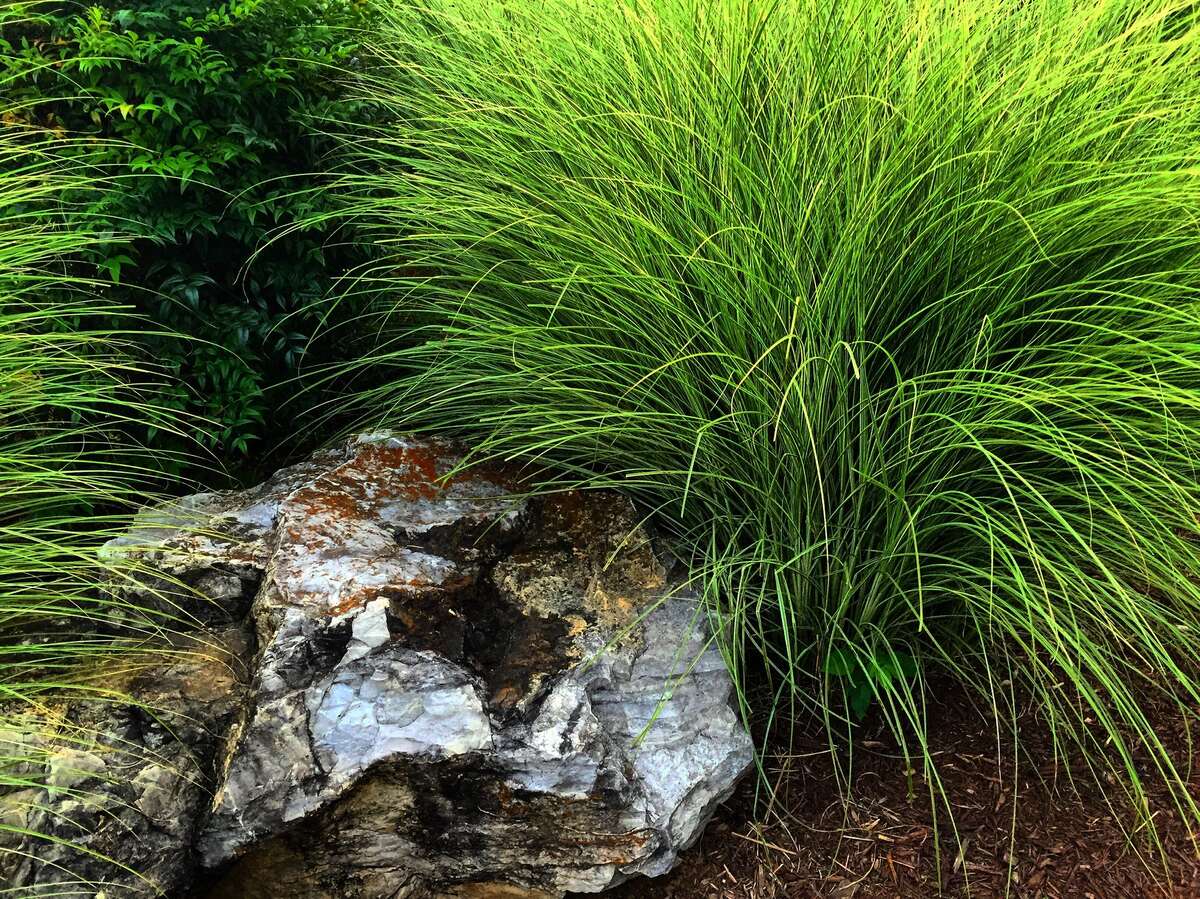

Landscaping Ideas
When Is The Best Time To Plant Grass Seed In Iowa
Published: February 2, 2024
Discover the best time to plant grass seed in Iowa for a lush lawn with our expert landscaping ideas and tips. Start your lawn transformation today!
(Many of the links in this article redirect to a specific reviewed product. Your purchase of these products through affiliate links helps to generate commission for Storables.com, at no extra cost. Learn more)
Introduction
Welcome to the beautiful state of Iowa, where the lush landscapes and verdant lawns are a testament to the love and care that residents put into their outdoor spaces. If you’re a proud homeowner or a dedicated gardener, you understand the importance of a healthy and vibrant lawn. One of the key factors in achieving this is knowing the best time to plant grass seed in Iowa. By understanding the unique climate and environmental conditions of the state, you can ensure the success of your lawn and create a picturesque outdoor haven for your family and friends to enjoy.
In this article, we will delve into the specifics of Iowa’s climate, explore the optimal time for planting grass seed, and consider the various factors that can influence the success of your lawn. Whether you’re a seasoned gardener or a novice enthusiast, this guide will provide valuable insights and practical tips to help you achieve a thriving, emerald-green lawn that will be the envy of the neighborhood.
Key Takeaways:
- Late summer to early fall is the best time to plant grass seed in Iowa. This period offers warmth for germination, consistent moisture, and less weed competition, setting the stage for a healthy and vibrant lawn.
- Factors like soil preparation, grass species selection, watering, and timing are crucial for successful grass seed planting in Iowa. By considering these factors, you can nurture a resilient and beautiful lawn.
Read more: When Is Best Time To Plant Sunflower Seeds
Understanding the Climate in Iowa
Before diving into the best time to plant grass seed in Iowa, it’s essential to grasp the unique climate that shapes the state’s outdoor environment. Iowa experiences a humid continental climate, characterized by hot, humid summers and cold, snowy winters. The state’s location in the heart of the Midwest exposes it to a diverse range of weather patterns, from thunderstorms and tornadoes in the warmer months to blizzards and sub-zero temperatures in the winter.
Furthermore, Iowa’s varying topography, including rolling plains, hills, and river valleys, contributes to microclimates that can impact local weather conditions. The state’s northern regions tend to be slightly cooler than the southern areas, adding another layer of complexity to Iowa’s climate.
Precipitation in Iowa is relatively evenly distributed throughout the year, with slightly higher rainfall in the spring and summer months. This consistent moisture, coupled with the state’s fertile soil, creates favorable conditions for cultivating healthy and resilient lawns.
Understanding the climate in Iowa is crucial for anyone looking to establish or maintain a thriving lawn. By taking into account the seasonal variations and weather patterns, you can strategically plan the timing of grass seed planting to align with the most conducive environmental conditions.
Best Time to Plant Grass Seed in Iowa
Choosing the best time to plant grass seed in Iowa is a critical decision that significantly impacts the success of your lawn. Given Iowa’s distinct climate, the timing of grass seed planting plays a pivotal role in ensuring optimal germination and establishment. Generally, the ideal time to sow grass seed in Iowa is during the late summer to early fall, specifically from mid-August to mid-September.
Planting grass seed during this period offers several advantages. The soil retains residual warmth from the summer months, creating favorable conditions for seed germination. Additionally, moisture levels are typically more consistent in the late summer and early fall, reducing the risk of seed desiccation and promoting healthy root development.
Another benefit of planting grass seed in late summer to early fall is the reduced competition from weeds. By sowing the seeds before the onset of winter, the newly germinated grass has a better chance to establish itself without having to contend with aggressive weed growth.
It’s important to note that while late summer to early fall is the optimal window for planting grass seed in Iowa, certain grass species may have specific requirements. For instance, cool-season grasses such as Kentucky bluegrass and fescue thrive when planted in the fall, while warm-season grasses like zoysia and Bermuda grass are best sown in the late spring to early summer.
Understanding the specific needs of the grass species you intend to plant is crucial for achieving a resilient and visually appealing lawn. By aligning the grass seed planting with the recommended timing for the chosen grass species, you can maximize the chances of successful establishment and long-term vitality.
Factors to Consider When Planting Grass Seed
When embarking on the journey of planting grass seed in Iowa, several key factors should be taken into consideration to ensure the best possible outcome for your lawn. By carefully evaluating these factors, you can make informed decisions that will contribute to the health, resilience, and overall beauty of your grass.
1. Soil Preparation
Before planting grass seed, it’s essential to prepare the soil adequately. Conduct a soil test to assess its pH level and nutrient content. Based on the test results, amend the soil as needed to create an optimal growing environment for the grass seed. Loosen the soil to a depth of about 4-6 inches to facilitate root penetration and ensure good seed-to-soil contact.
Read more: When Is The Best Time To Plant Landscaping
2. Grass Species Selection
Choose grass species that are well-suited to Iowa’s climate and soil conditions. Cool-season grasses like Kentucky bluegrass, fescue, and perennial ryegrass thrive in Iowa’s climate, while warm-season grasses such as zoysia and Bermuda grass may be better suited to the southern regions of the state. Selecting the right grass species is crucial for long-term lawn success.
3. Watering and Irrigation
Proper watering is essential for the germination and establishment of grass seed. After planting, keep the soil consistently moist but not waterlogged. Depending on the weather conditions, you may need to water the newly seeded area multiple times per day. As the grass seedlings emerge and grow, gradually transition to a deeper and less frequent watering schedule to encourage deep root development.
4. Maintenance and Care
Regular maintenance and care are vital for nurturing a healthy lawn. This includes mowing at the appropriate height, fertilizing as needed, and vigilant weed control. Additionally, monitoring for pests and diseases and addressing any issues promptly will contribute to the long-term vitality of the grass.
5. Timing and Weather Conditions
Consider the timing of grass seed planting in relation to the local weather conditions. Aim to plant during a period of moderate temperatures and adequate moisture. Avoid planting during extreme heat or drought, as these conditions can hinder germination and establishment.
By carefully considering these factors and taking proactive steps to address them, you can set the stage for a successful grass seed planting experience in Iowa. With proper planning and attention to detail, you can look forward to enjoying a lush, vibrant lawn that enhances the beauty of your outdoor space.
Read more: When Is The Best Time To Plant Pasture Grass
Conclusion
Planting grass seed in Iowa is a thoughtful and rewarding endeavor that holds the promise of transforming your outdoor space into a lush and inviting haven. By understanding the climate, timing, and essential factors involved in grass seed planting, you can set the stage for a thriving and resilient lawn that will be the pride of your property.
As you navigate the process of planting grass seed in Iowa, remember to consider the unique climate and weather patterns that define the state. The late summer to early fall window offers the most favorable conditions for grass seed germination and establishment, aligning with the residual warmth and consistent moisture levels during this period.
Additionally, selecting the right grass species, preparing the soil, and providing proper maintenance and care are crucial elements in the journey to a healthy lawn. By addressing these factors with diligence and attention to detail, you can cultivate a vibrant and resilient grassy landscape that enhances the natural beauty of Iowa’s outdoors.
Whether you’re a seasoned gardener or a first-time homeowner, the process of planting grass seed in Iowa is an opportunity to connect with the land and create a space that reflects your care and dedication. As you witness the tender green shoots emerge and gradually transform into a verdant carpet, you’ll experience the joy of nurturing new life and contributing to the natural tapestry of Iowa’s landscapes.
So, roll up your sleeves, gather your seeds, and embark on this exciting journey of planting grass seed in Iowa. With the right timing, thoughtful planning, and a touch of patience, you’ll soon be rewarded with a luxurious lawn that beckons you to kick off your shoes and savor the simple pleasures of outdoor living in the heart of Iowa.
Frequently Asked Questions about When Is The Best Time To Plant Grass Seed In Iowa
Was this page helpful?
At Storables.com, we guarantee accurate and reliable information. Our content, validated by Expert Board Contributors, is crafted following stringent Editorial Policies. We're committed to providing you with well-researched, expert-backed insights for all your informational needs.
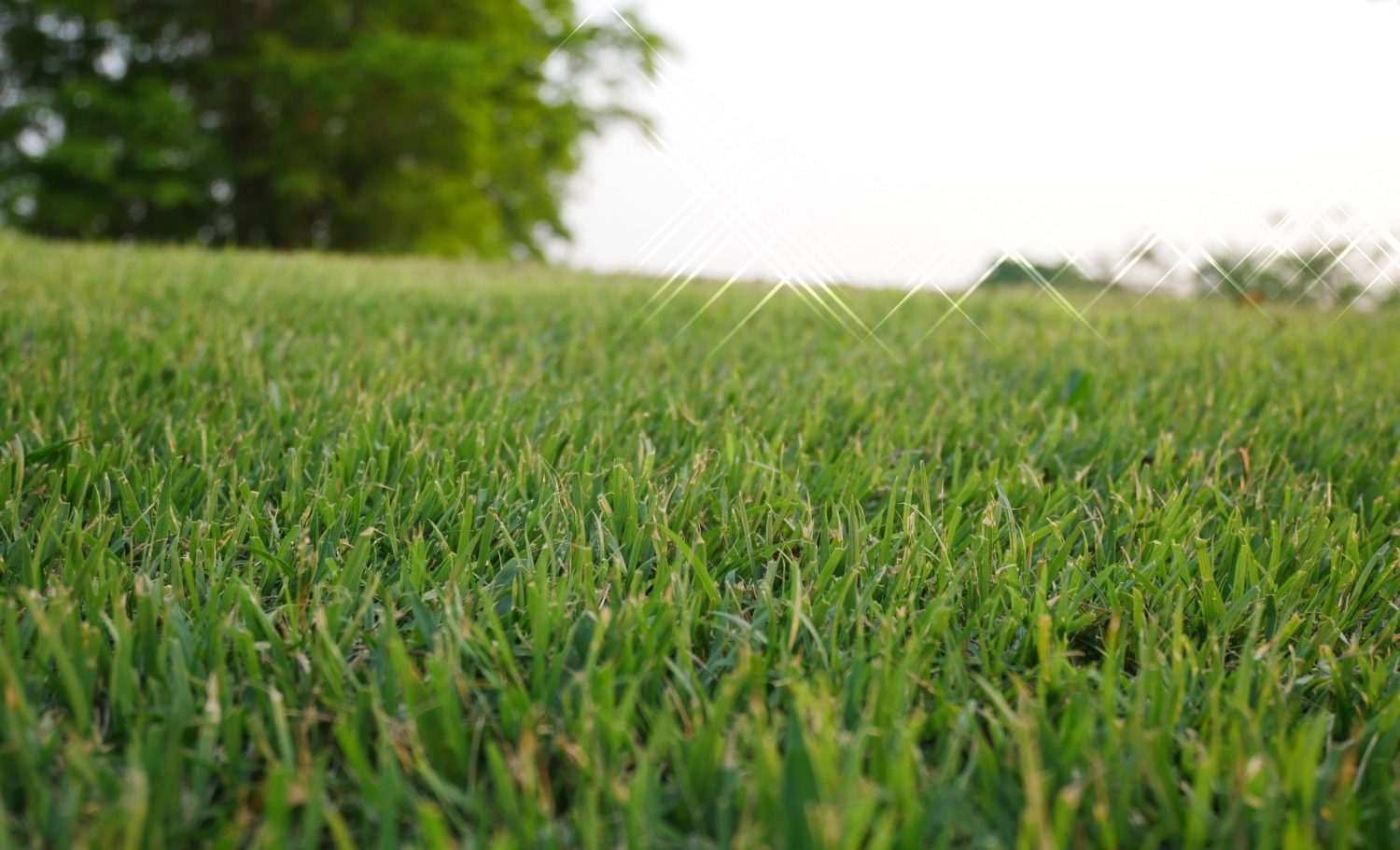
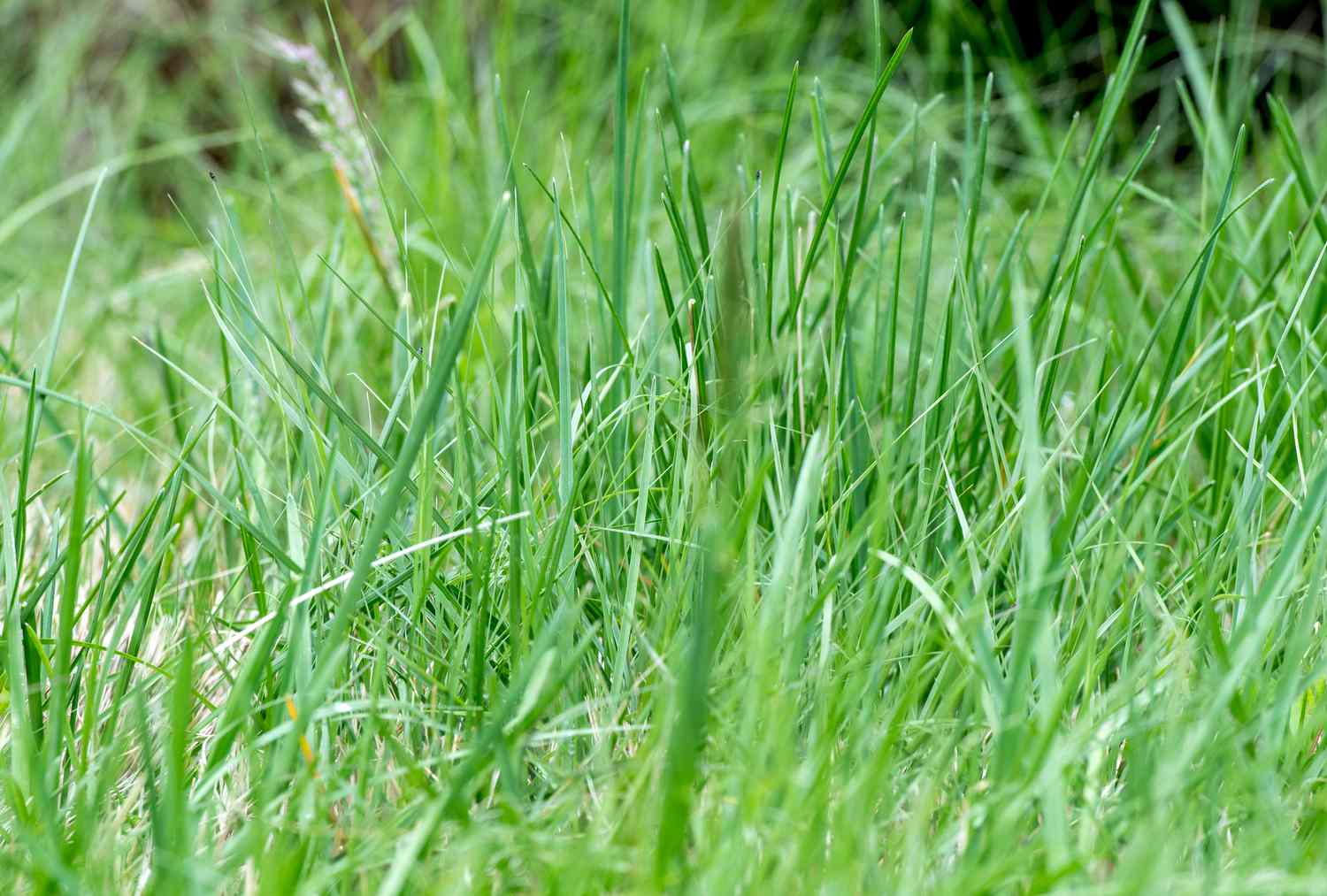
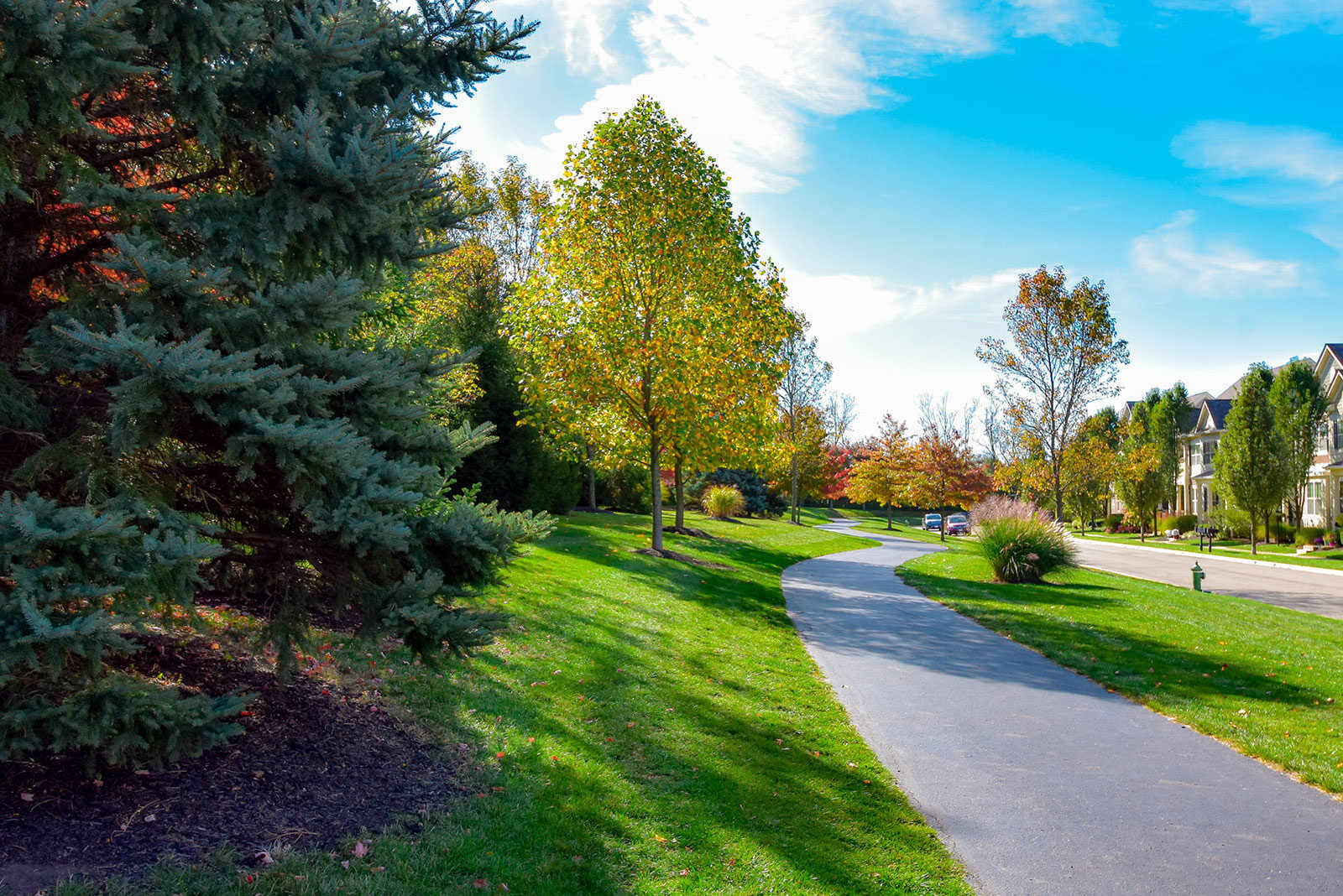
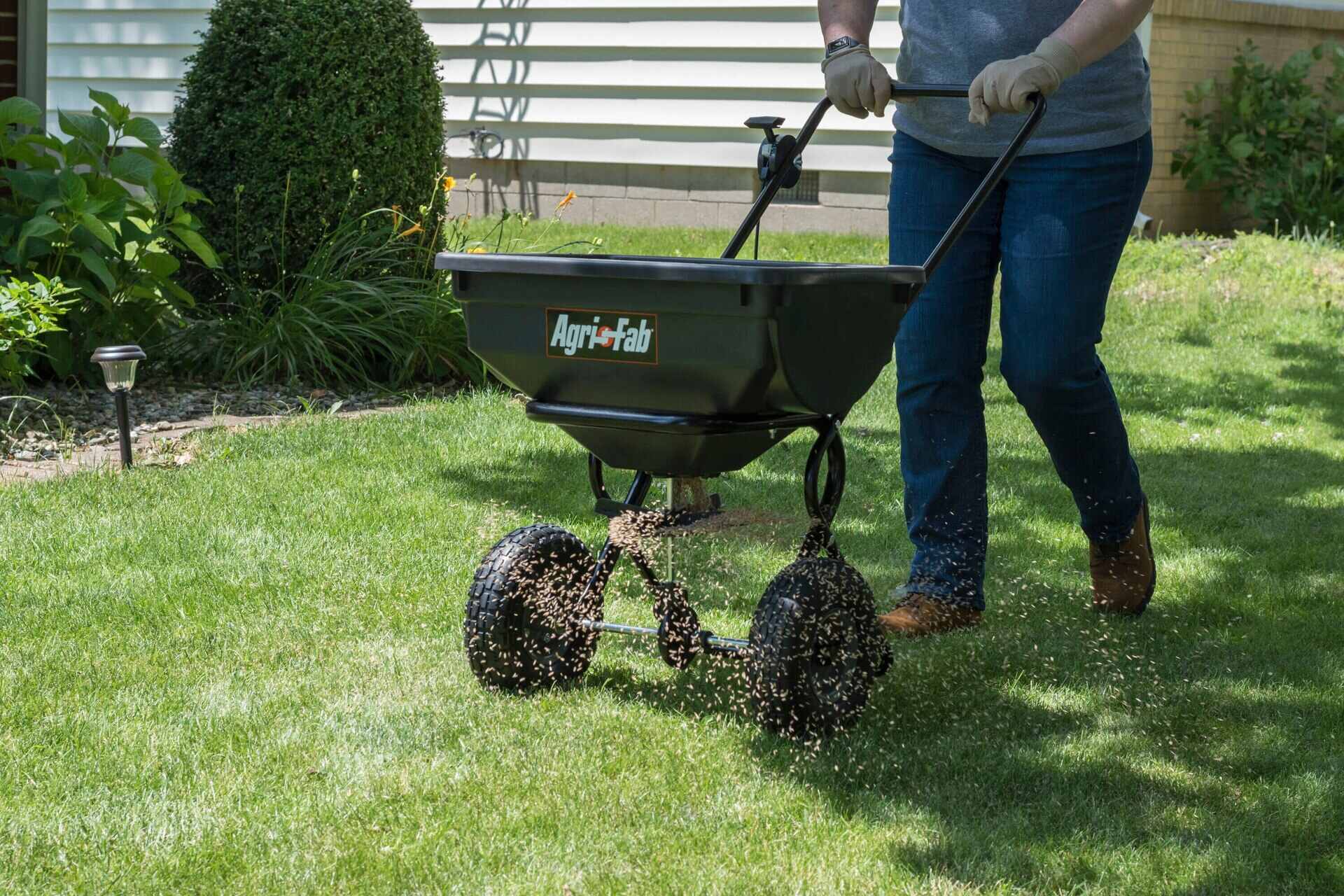
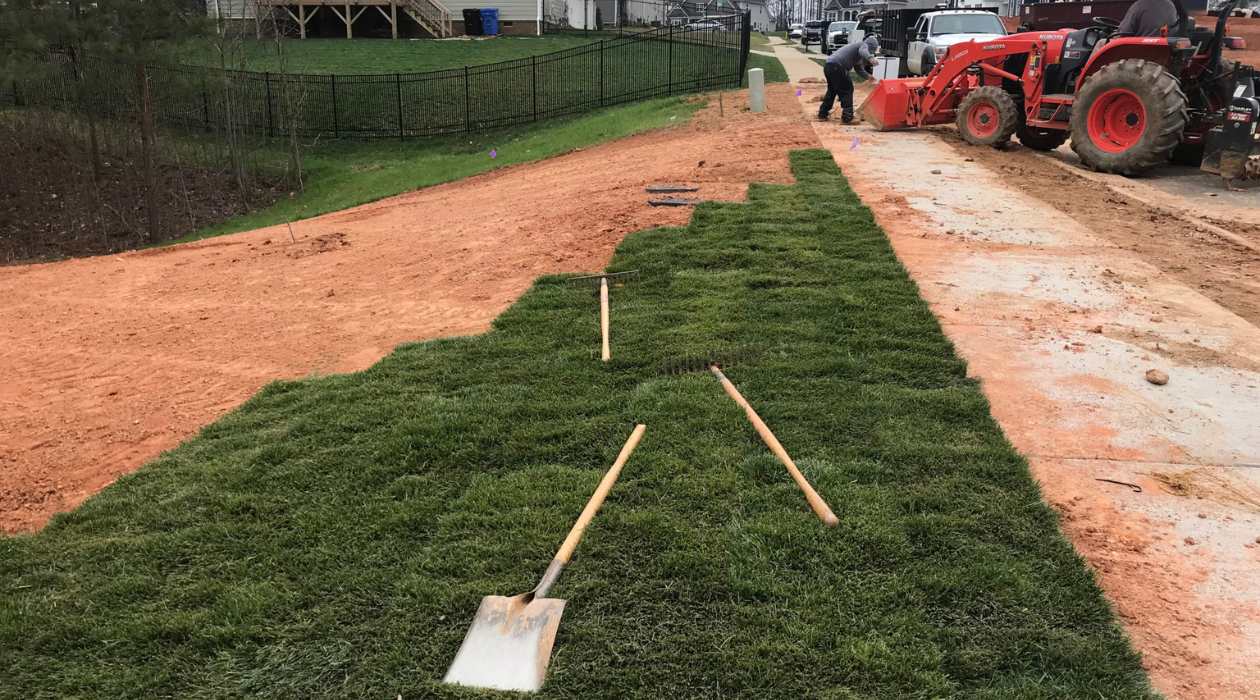
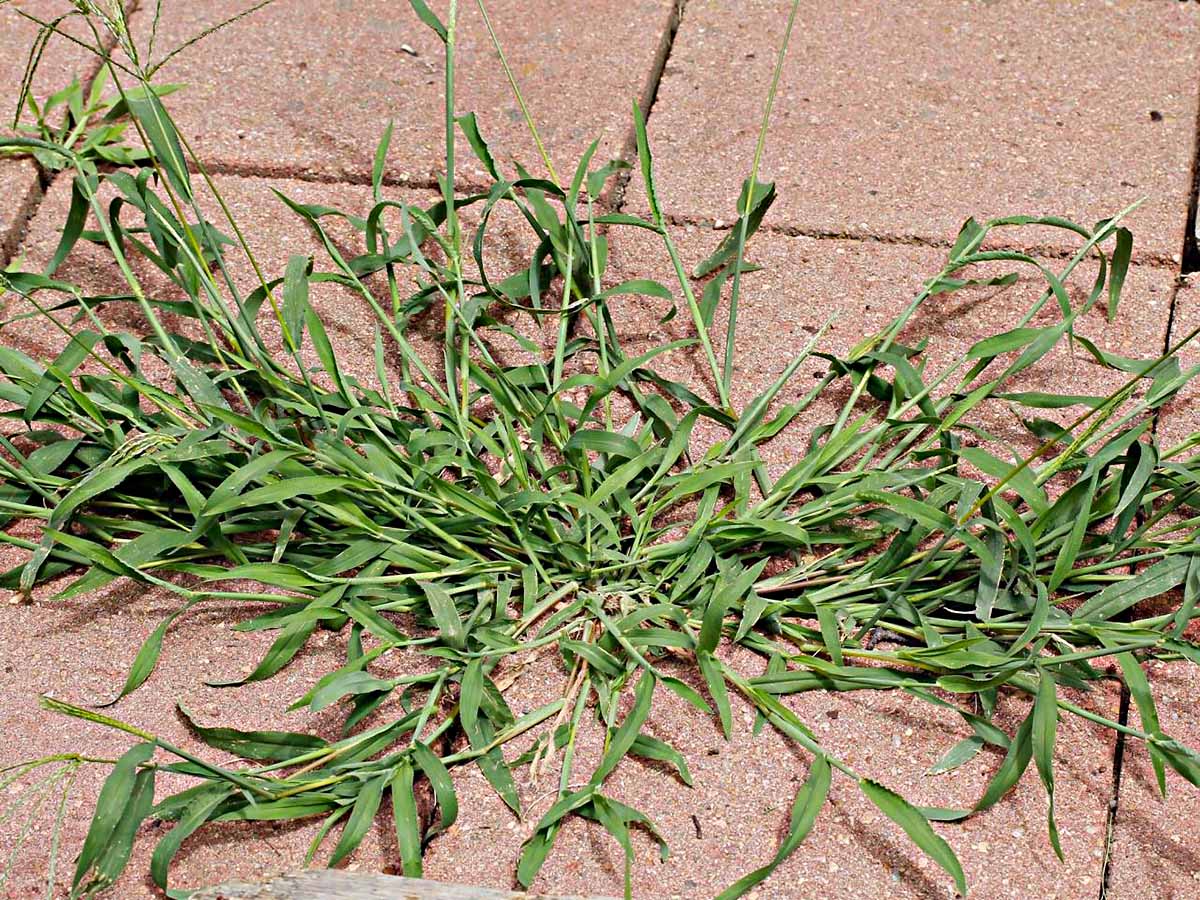
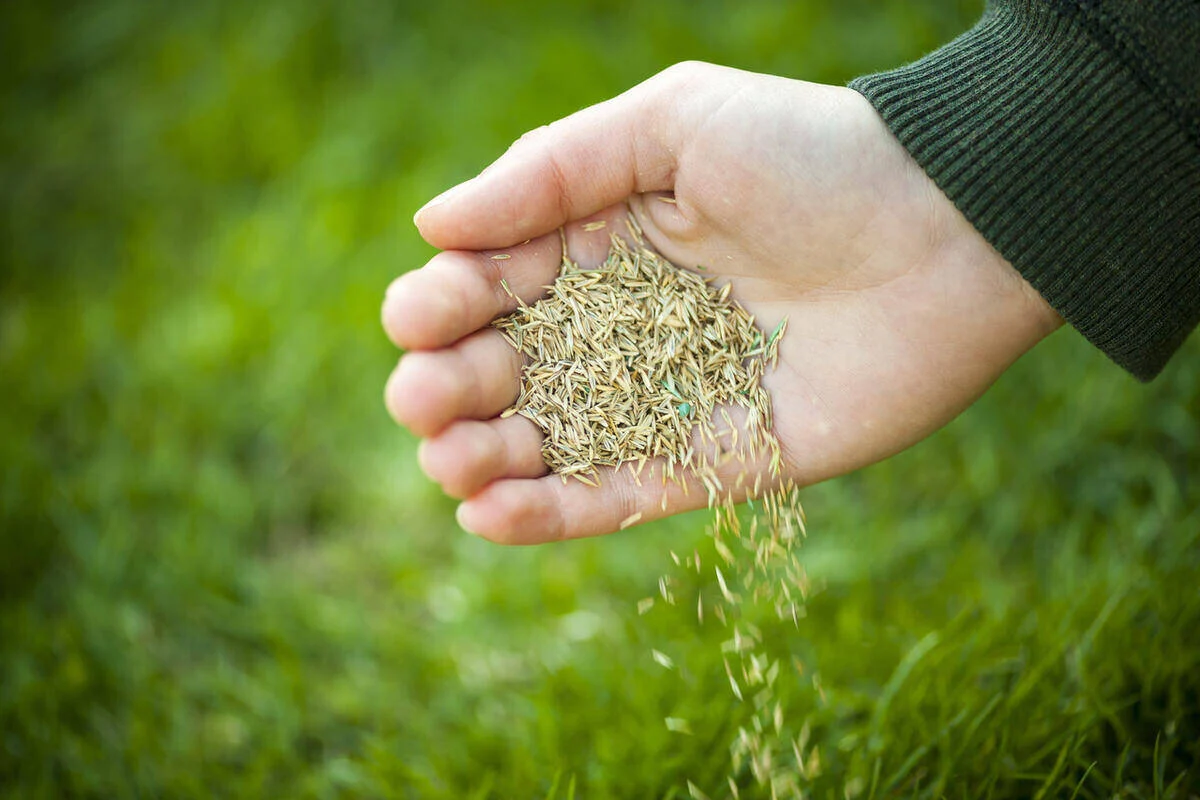
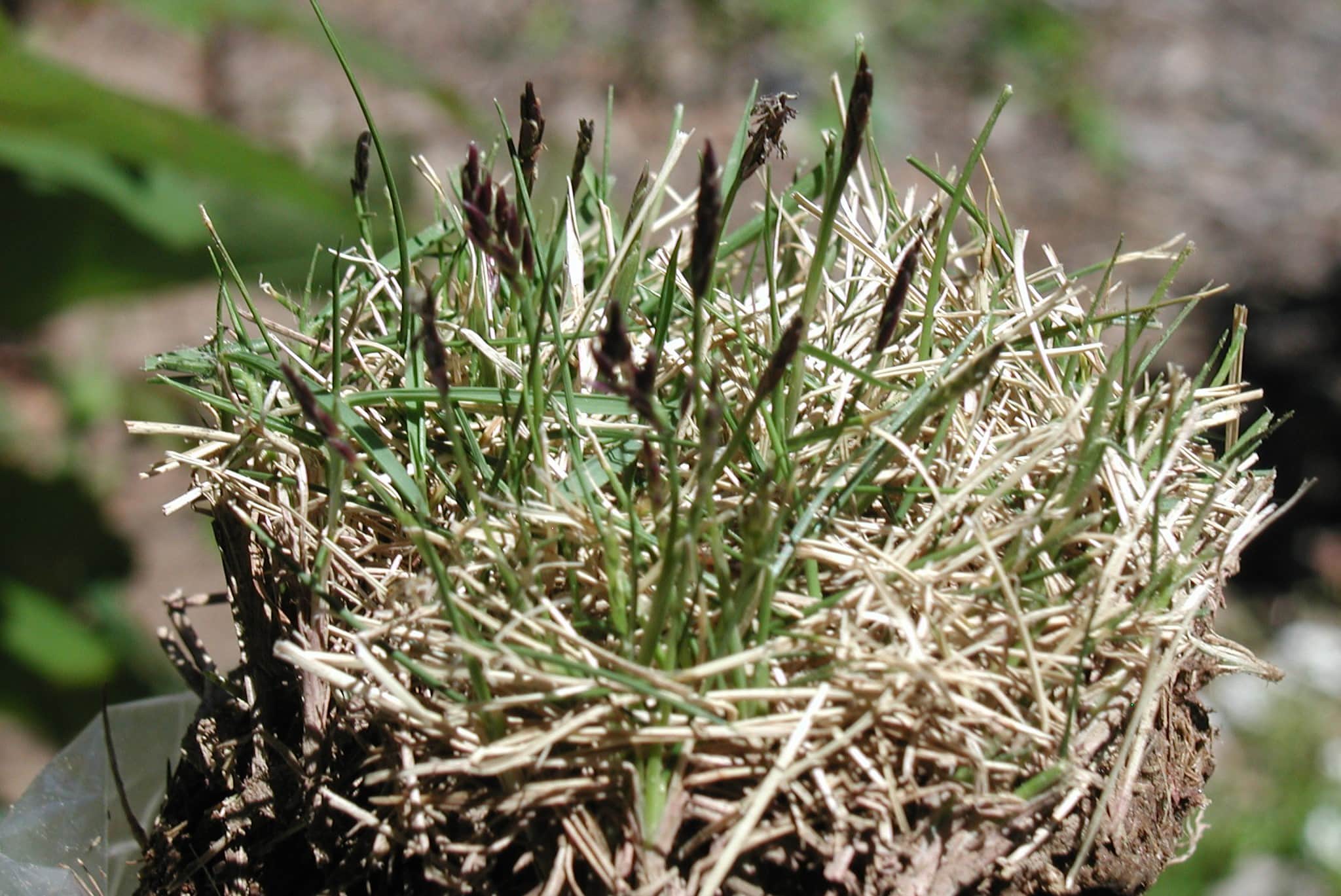
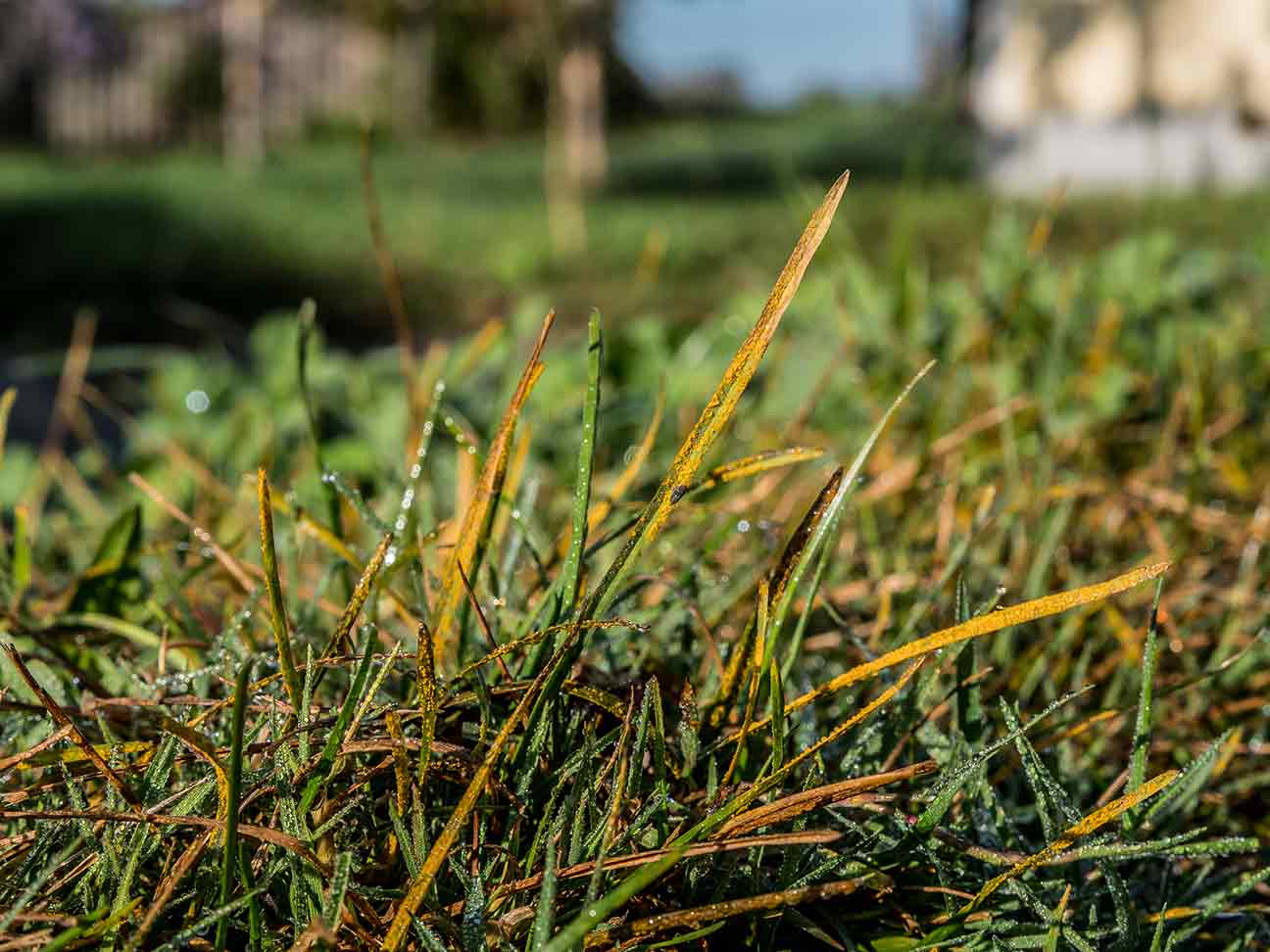
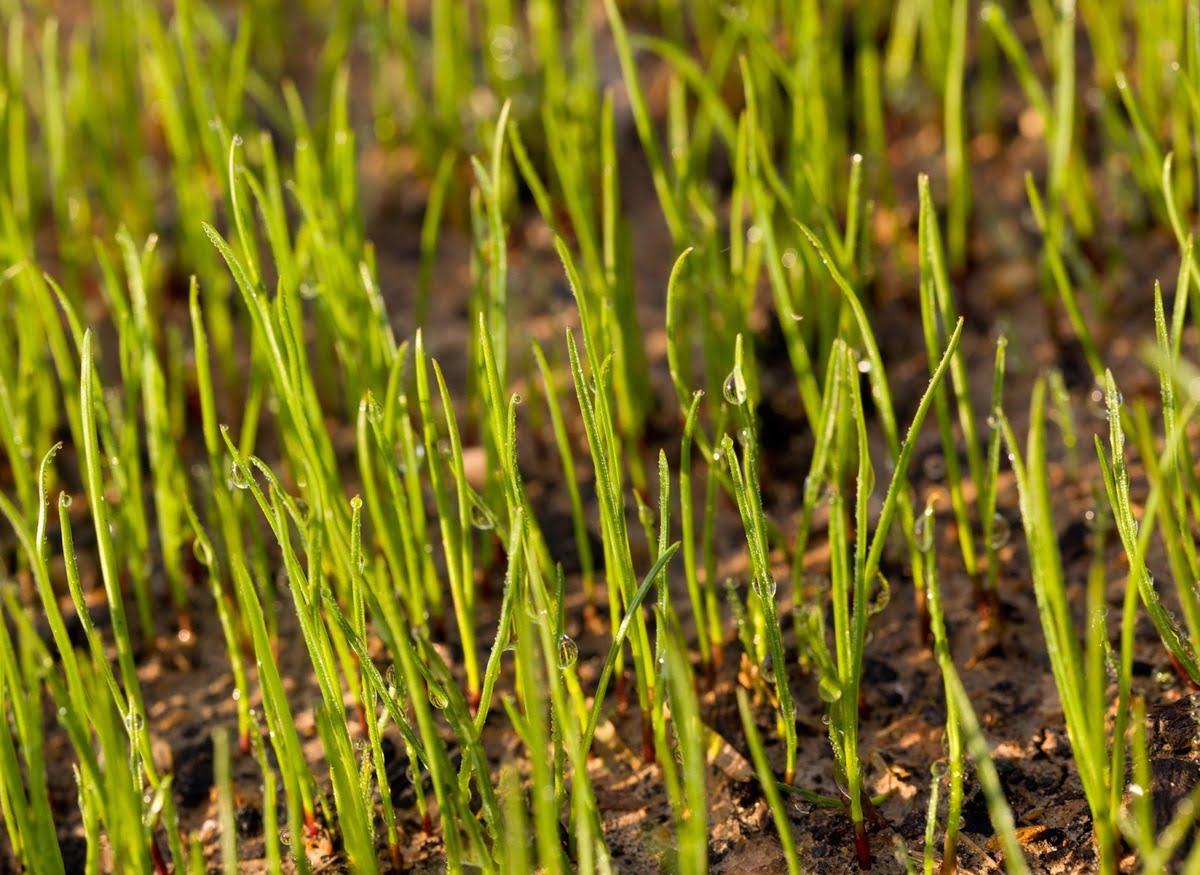
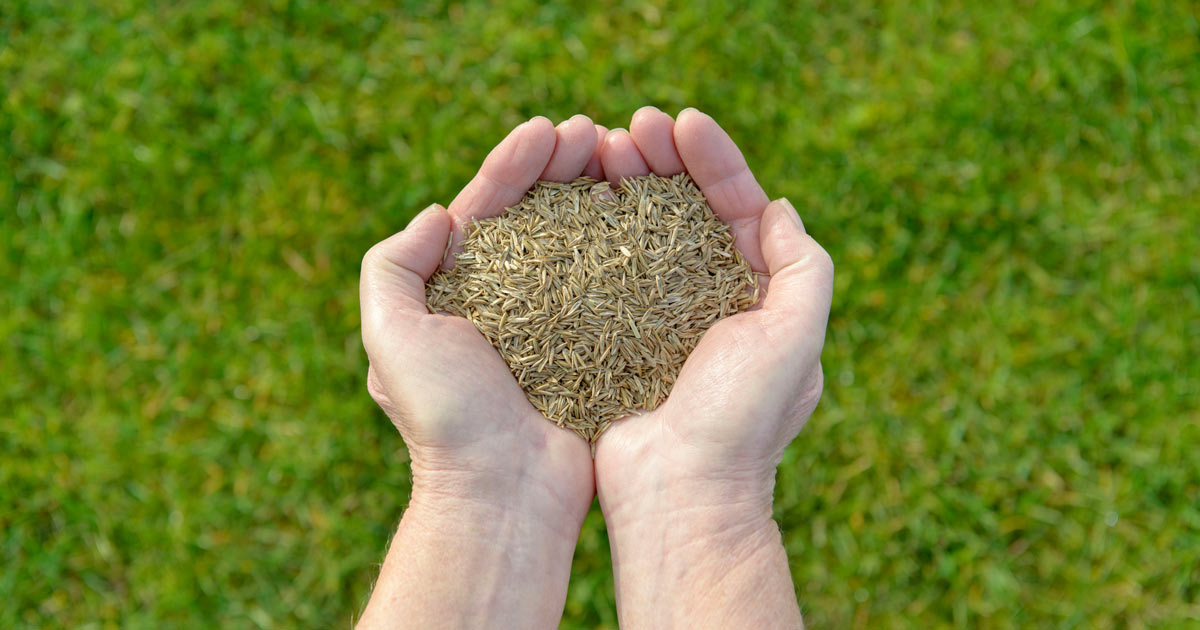
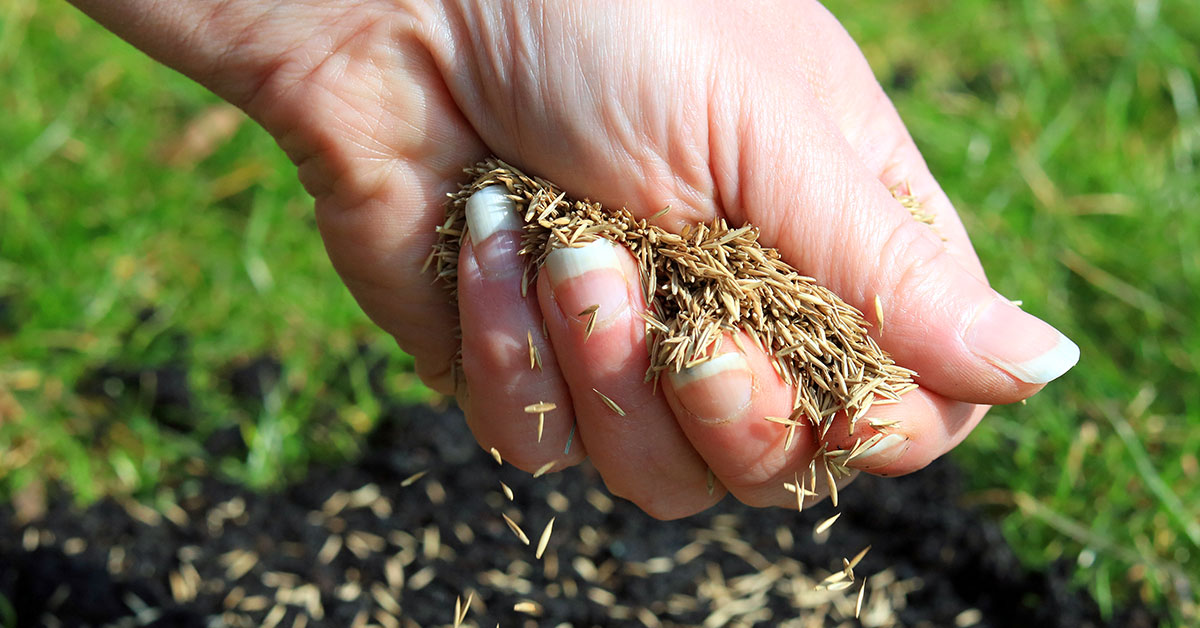
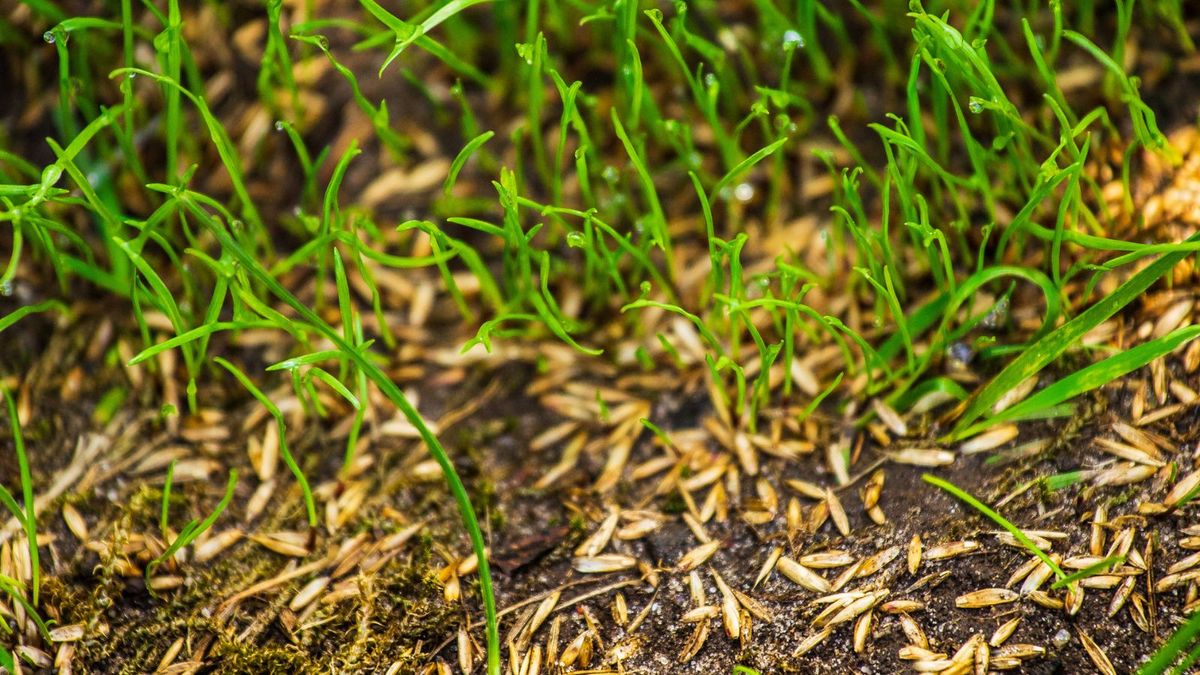

0 thoughts on “When Is The Best Time To Plant Grass Seed In Iowa”